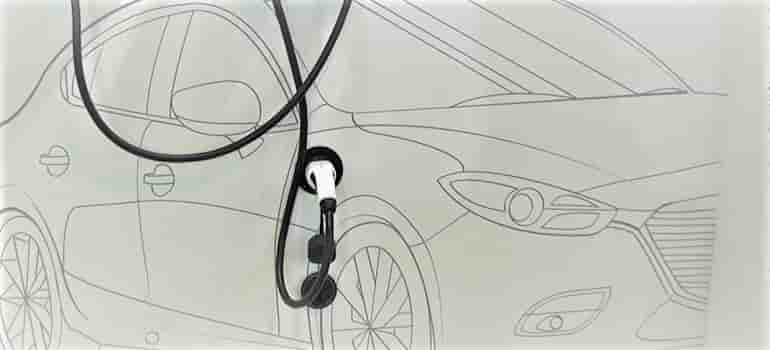Innovation Heats Up in $3.5 Trillion Market
Electric vehicles (EVs) are gaining ground, but concerns about fire safety linger. While data confirms EVs are generally less prone to fire than gasoline-powered cars, their newness translates to more media attention and a potential for significant harm even with low occurrence rates.
Aging EVs and the impact on thermal runaway risk add another layer of complexity. While effective thermal management, quality control, and battery management systems minimize the risk, fire protection materials remain crucial in preventing or delaying fire spread and ensuring occupant safety.
This growing market is expected to reach a staggering US$3.5 trillion by 2044, according to IDTechEx, highlighting the urgent need for advancements in fire protection. Their new report, “Fire Protection Materials for EV Batteries 2024-2034: Markets, Trends, and Forecasts,” delves into the evolving landscape of battery design, safety regulations, and their influence on fire protection materials.
Battery Design Drives Material Choices:
The diverse cell formats and battery structures in the EV market necessitate different fire protection approaches. Ceramic blankets are popular for overall pack protection, while mica sheets excel in inter-cell insulation. Newer cell-to-pack designs pose unique challenges, demanding materials that excel in preventing fire spread within the pack.
Key Material Properties:
Choosing the optimal fire protection material involves juggling factors like thermal conductivity, density, thickness, dielectric strength, maximum fire protection temperature, and cost. Each plays a crucial role, and optimal solutions balance them at the pack level. For example, aerogel blankets offer significant weight reduction compared to mica, but other aspects like compression performance and thickness need consideration.
Material Options and Innovations:
Ceramic blankets and mica sheets remain common choices. Aerogels are gaining traction, with major players like GM, Toyota, and Audi adopting them. Encapsulating foams are popular for cylindrical cell packs, while compression pads with integrated fire protection are emerging for pouch cells. Polymer suppliers are pushing for fire-retardant or intumescent properties in major battery pack components, aiming for lighter weight, cost-effectiveness, and better customization.
Market Outlook:
The surging EV market demands effective thermal runaway protection. Evolving regulations are placing emphasis on battery safety, creating greater opportunities for material suppliers. However, cost reduction remains critical for automakers. Materials offering multifunctionality at reasonable prices will be key players in the future.
IDTechEx predicts a 16.1% CAGR for the EV battery fire protection material market between 2023 and 2034. Their report analyzes market shares, upcoming regulations, and battery design shifts to forecast volumes and values across various vehicle categories.
This article highlights the critical role of fire protection materials in ensuring the safety of the rapidly growing EV market. It emphasizes the need for continuous innovation to address evolving challenges and keep pace with the ever-changing landscape of battery technology.


